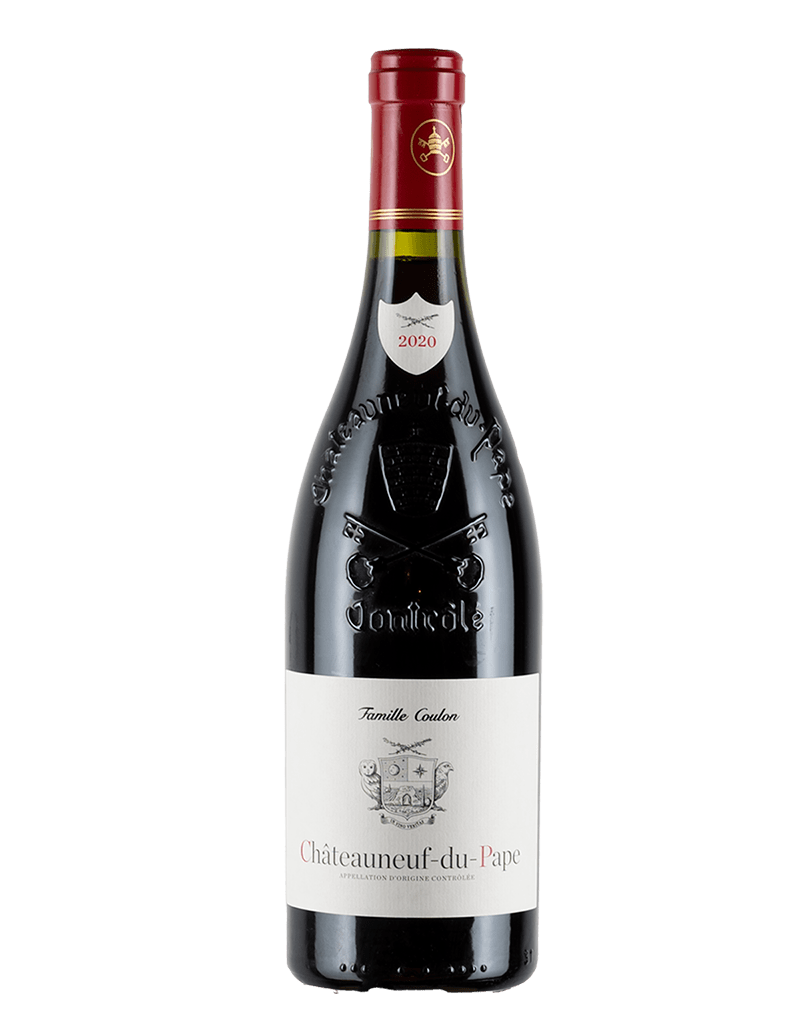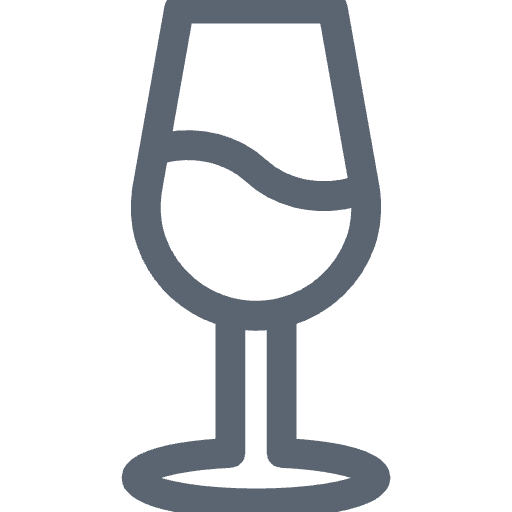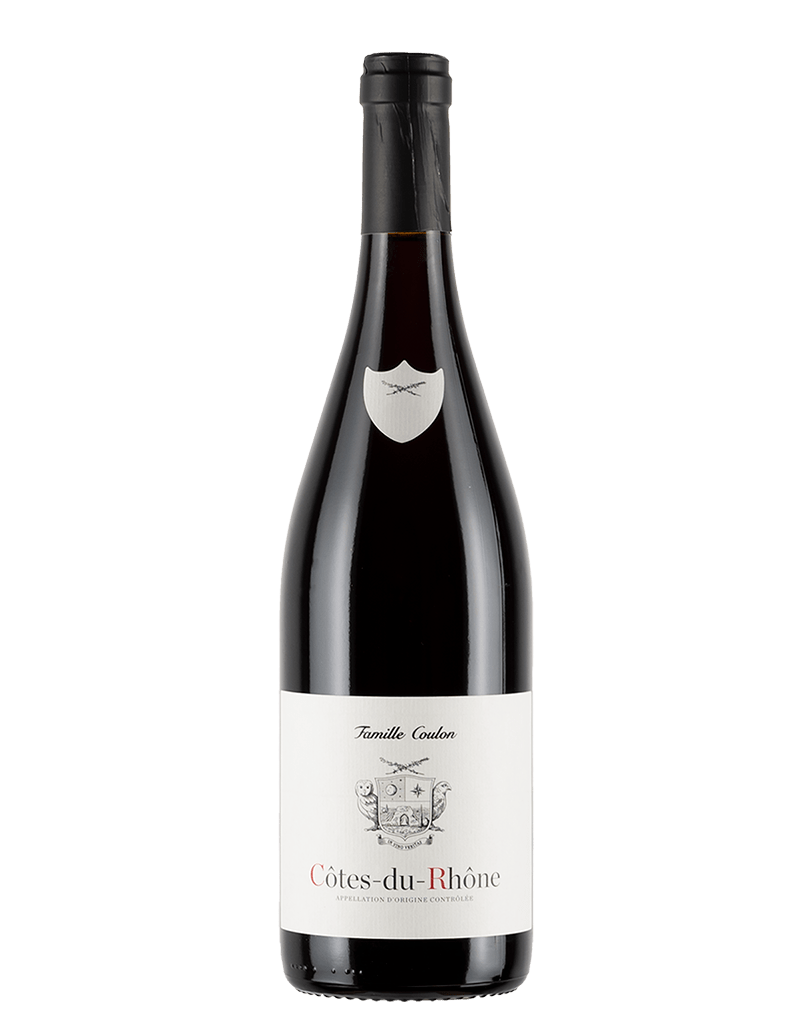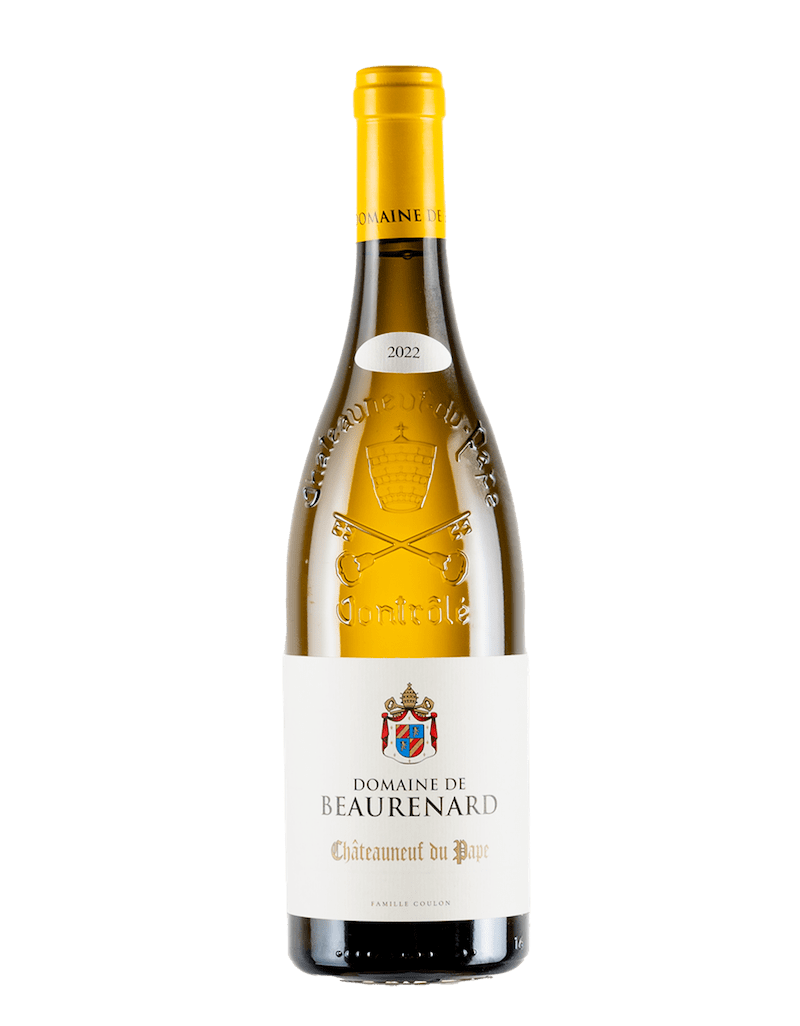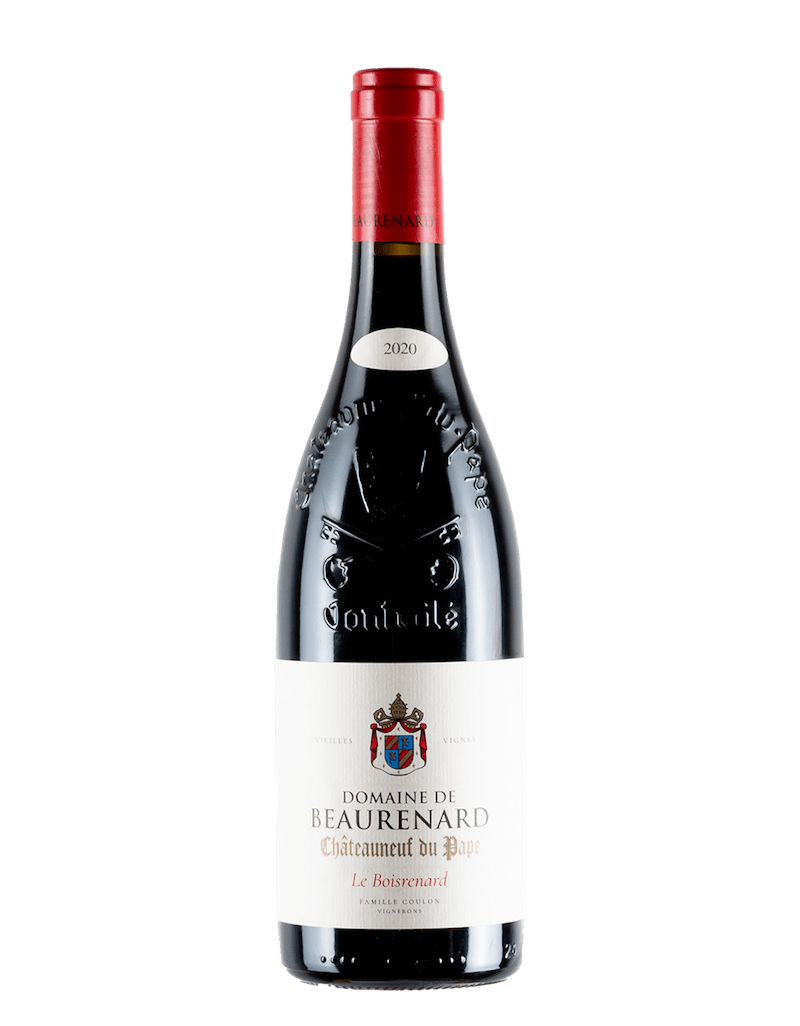5 Products

Châteauneuf-du-Pape
About Châteauneuf-du-Pape Wine

General information about Châteauneuf-du-Pape wine
Châteauneuf-du-Pape has always claimed the highest minimum alcohol strength of any French wine: 12.5%. Due to global warming, the wines, which are primarily Grenache-based and often require extensive aging, rarely fall below 14.5%. Occasionally, they even reach 16%, which can be challenging for winemakers and drinkers. Over 90% of Châteauneuf-du-Pape is red, but varies greatly in style. Most are rather approachable, with spicy, rich, and powerful flavors. Large companies and cooperatives typically blend lighter, sweeter versions for early enjoyment. The truly interesting examples, however, come from family-run wineries that produce highly individual, long-aging wines that express a particular combination of terroir and grape varieties.

Châteauneuf-du-Pape grape varieties
Châteauneuf-du-Pape is unusual in its cocktail of up to 18 permitted varieties (originally there were 13, but different colors of the same grape are now considered separate grape varieties). Grenache, the backbone of the AOC, is often blended with Mourvèdre and Syrah, along with some Cinsault, Counoise (a local specialty), and small amounts of Vaccarèse, Muscardin, Picpoul Noir, and Terret Noir, as well as the light-skinned Clairette Blanche, Bourboulenc, Roussanne (which is much easier to grow in the southern Rhône than in the northern Rhône), and the neutral Picardan. The other five listed in the AOC regulations are Clairette Rose and both white and pink forms of Grenache and Picpoul.
With the trend toward warmer summers, the use of Syrah, which can lack freshness this far south, has largely been replaced by increasing use of the late-ripening Mourvèdre. Its inclusion in blending can curb the alcoholic excesses of Grenache in hot years. Red Châteauneufs are often robust in their youth but can age into lush, sometimes wild, flavors. A surprising number develop considerable refinement. The best of the much rarer white Châteauneufs, all extremely juicy in their early years, can develop even more exotic fragrances when fully mature, around 10 to 15 years and an often stubborn middle age period. Many producers use heavy, Burgundy-shaped bottles, the shoulders of which are embossed according to which of the rival producer associations they belong to.

The terroir in Châteauneuf-du-Pape
The cliché is the galet, the rounded, heat-absorbing stone found only in a few of his vineyards. In reality, the soils within this relatively small area are extremely diverse. In addition to the pebbles, there are also sand, clay, limestone, and sandstone. Many producers own plots with different soil types, which are typically blended. At the same time, an increasing number of them are also bottling one or even several special, high-priced cuvées that showcase a particular terroir or are made solely from the producer's oldest vines. Other important variables are the amount of new wood, the size and material of the barrel, and the exact proportions of the different grape varieties in the blend.
FAQ about Châteauneuf-du-Pape
What is Châteauneuf-du-Pape wine?
Châteauneuf-du-Pape wine is a highly regarded French wine made primarily from the Grenache grape. It is characterized by its high alcohol content and complex flavor.
Where does Châteauneuf-du-Pape wine come from?
The wine Châteauneuf-du-Pape comes from the wine region of the same name in the southern Rhône Valley in France.
How much does a bottle of Châteauneuf-du-Pape wine cost?
The price of a bottle of Châteauneuf-du-Pape can vary depending on the producer, vintage, and quality. On average, you can expect prices between €20 and €100. There are also high-quality, older vintages that can be considerably more expensive.
What kind of wine is Châteauneuf-du-Pape?
Châteauneuf-du-Pape is a red wine made primarily from the Grenache grape. It is known for its high alcohol content, complexity, and rich flavor. There is also a smaller number of white Châteauneuf-du-Pape wines made from various grape varieties.
How many different grape varieties are allowed in wine from Châteauneuf-du-Pape?
In Châteauneuf-du-Pape, up to 18 different grape varieties are permitted. Originally, there were 13, but different colors of the same grape are now considered separate varieties.
Is Châteauneuf-du-Pape red or white?
Over 90% of Châteauneuf-du-Pape wine is red. However, there is also a smaller amount of white Châteauneuf-du-Pape wine, made from various grape varieties.
